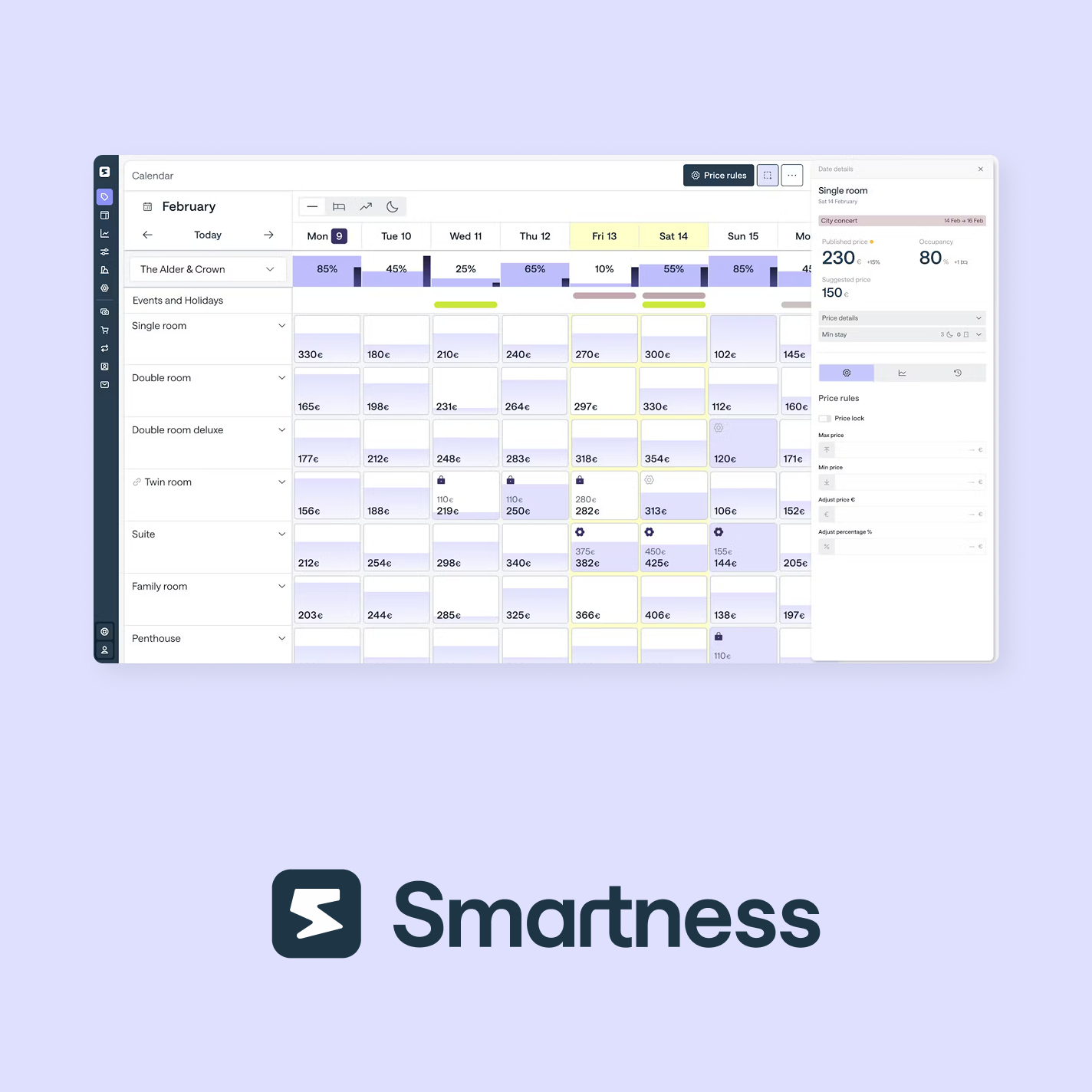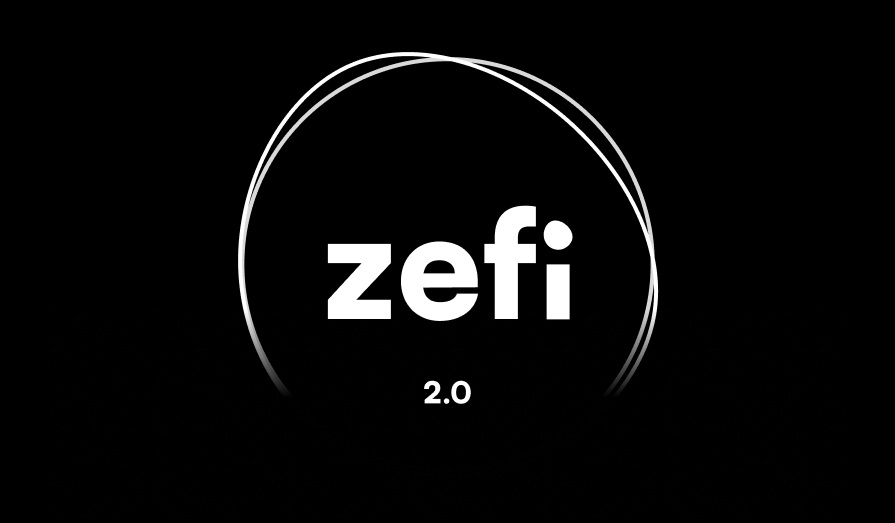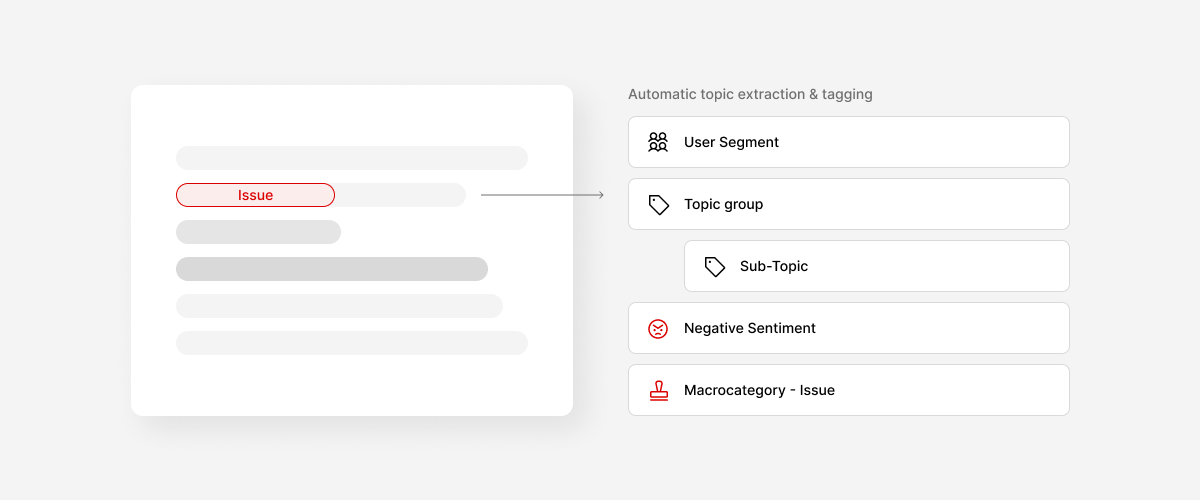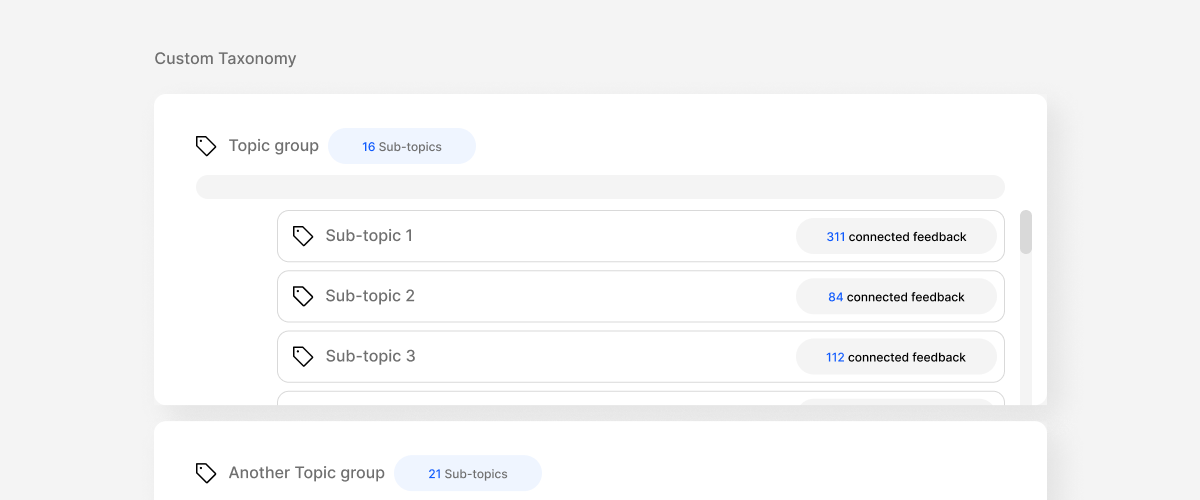As a Product Manager, one of your most important tasks is deciding which features to build next. With so many ideas and limited resources, it can be challenging to prioritize effectively. Here are five methods to help you prioritize your product features:
The Moscow Method
The Moscow Method is a popular framework that stands for Must-Have, Should-Have, Could-Have, and Won't-Have. This method helps you prioritize features based on their importance and urgency. Here's how it works:
- Must-Have:
Features that are critical to the success of your product and have to be included in the next release.
- Should-Have:
Features that are important, but not as critical as the Must-Have ones. These features should be included in the next release if possible.
- Could-Have:
Features that would be nice to have, but are not essential to the success of your product. These features can be considered for future releases.
- Won't-Have:
Features that are not a priority and will not be included in the product roadmap.
Kano Model
The Kano Model helps you understand how different features affect customer satisfaction. This model has three categories of features: Basic, Performance, and Excitement.
Here's how it works:
- Basic:
Features that are essential and expected by your customers. If these features are missing, your product will not be considered.
- Performance:
Features that increase customer satisfaction when included. The more performance features you have, the more satisfied your customers will be.
- Excitement:
Features that go beyond customer expectations and create delight. These features can differentiate your product from your competitors.
Using the Kano Model, you can prioritize features based on their impact on customer satisfaction.
The Impact/Effort Matrix
The Impact/Effort Matrix helps you prioritize features based on their impact and the effort required to implement them.
Here's how it works:
- High Impact/Low Effort:
Features that have a high impact on your product but require little effort to implement. These features should be prioritized first.
- High Impact/High Effort:
Features that have a high impact but require a lot of effort to implement. These features should be considered carefully.
- Low Impact/Low Effort:
Features that have a low impact on your product and require little effort to implement. These features should be deprioritized.
- Low Impact/High Effort:
Features that have a low impact on your product but require a lot of effort to implement. These features should be deprioritized.
Cost of Delay
The Cost of Delay method helps you prioritize features based on their financial impact.
Here's how it works:
- Cost of Delay:
The financial impact of delaying a feature. This includes lost revenue, increased costs, and reduced market share.
- Time Value of Money:
The idea that money today is worth more than money in the future due to inflation and opportunity cost.
- Urgency:
The importance of a feature and the impact of delaying it.
Using the Cost of Delay method, you can prioritize features based on their financial impact and urgency.
Customer Feedback
Finally, customer feedback is a crucial factor in prioritizing features. By listening to your customers and understanding their needs, you can prioritize features that will have the biggest impact on them. Collect feedback through surveys, interviews, and analytics to gain a deep understanding of your customers' needs.
In conclusion, prioritizing product features is a complex task that requires a mix of frameworks and customer feedback. By using methods like the Moscow Method, Kano Model, Impact/Effort Matrix, Cost of Delay, and customer feedback, you can prioritize effectively and ensure that your product roadmap is aligned with your customers' needs.



























